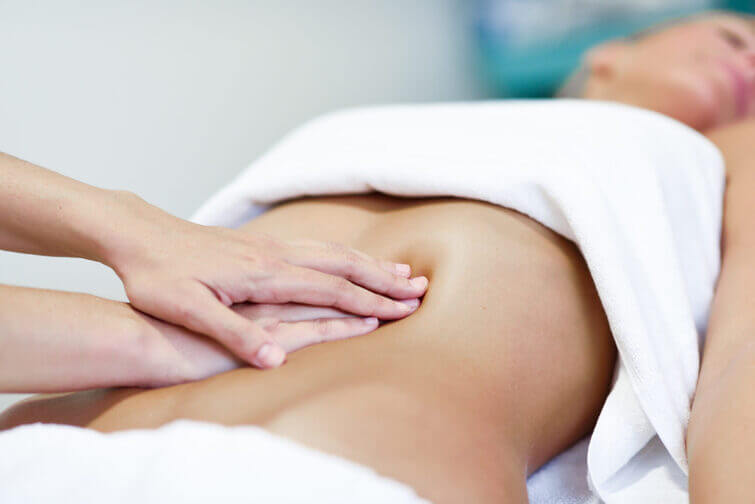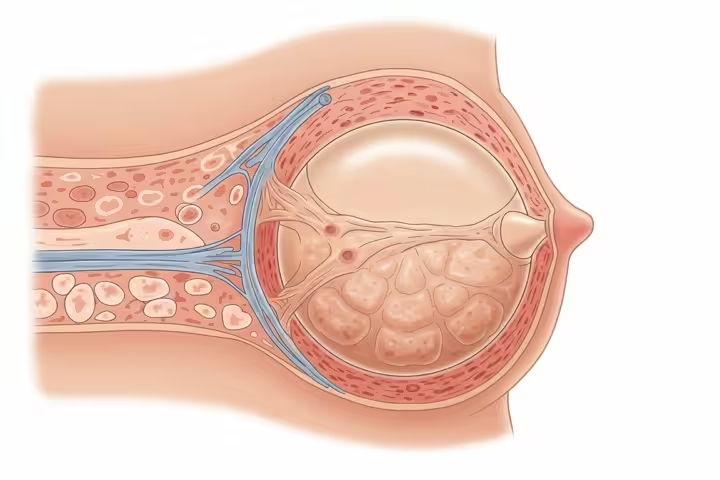Discover types of lymphatic drainage to do after plastic surgery

Lymphatic drainage is a complementary process to plastic surgery. It helps reduce swelling and prevents the localized accumulation of fluids and toxins in the body that can form during the healing period after surgery.
The success of surgery is subject to some factors, including post-operative lymphatic drainage. Therefore, it is essential to include drainage in your post-surgery recovery routine.
Continue reading and learn more about this procedure.
What is lymphatic drainage and what is it for?
It is very common for the body to retain fluid after undergoing plastic surgery, as the procedure can cause damage to the body.
Drainage treats edema and possible pain that the patient may feel after the procedure. It consists of massages with gentle movements that compress the operated area and facilitate the flow of liquids, improve circulation, detoxify the body and optimize results.
When is lymphatic drainage indicated?
I recommend that it be done after any surgery, and especially in liposuctions, tummy tucks, mammoplasty, breast prosthesis, blepharoplasty and lifting.
What are the benefits of lymphatic drainage?
The benefits are broad, as drainage provides a healthy post-surgical period, so the main advantages are:
- activate the immune system;
- detoxify the organism;
- eliminate accumulated liquids;
- Prevent and treat fibrosis and scar adhesions;
- reduce swelling;
- increase tissue oxygenation;
- improve blood and lymphatic circulation;
- act as an analgesic and reduce post-operative pain and discomfort.
How long does a lymphatic drainage session take?
The procedure varies according to the region of the body to be drained, for example, if the drainage is performed on the face, it lasts an average of 40 minutes, if it is in a larger region, the average is 1 hour.
How many sessions are needed?
The number of sessions is determined by the surgeon and varies according to the needs of each patient, taking into account that each individual reacts differently to the procedures they undergo.
Typically, ten sessions are recommended, which can be extended depending on the patient.
What are the contraindications to lymphatic drainage?
We know that the benefits are many, but there are some cases in which it is contraindicated, these are:
- tuberculosis;
- cases of cancer or lymphomas;
- infection;
- venous thrombosis;
- acute inflammatory processes;
- renal, hepatic or acute failure;
- cardiovascular problems;
- hyperthyroidism.
What are the benefits of drinking water before lymphatic massage?
It is a mistake to think that because you have fluid retention it is necessary to reduce your consumption of water or other drinks.
Drinking water before and after the massage will help you reduce fluid retention and eliminate toxins from the body.
Therefore, continue to ingest the ideal amount of water that your body needs daily, this will contribute to your health and the functioning of your lymphatic system.
Lymphatic drainage is essential in the postoperative period to relieve pain, reduce swelling, control the formation of fibrosis and return to daily activities more quickly. These are just a few advantages for patients who opt for a post-operative massage.
Os Mais Lidos

Reduced Mammoplasty: Myths and Truths Debunked
Reduced Mammoplasty: Myths and Truths Debunked by Dr. José Cury Reduced mammoplasty is a plastic surgery that goes far beyond aesthetics. For many women, it’s a solution for health problems …

Dr. José Cury: A Reference in Plastic Surgery in São Paulo and Brazil
The pursuit of aesthetic harmony and well-being has led many to consider plastic surgery. Amidst so many options, standing out as a reference requires not only technical excellence but also …

Capsular Contracture: Understand the Condition
Breast augmentation, or silicone breast implant surgery, is one of the most sought-after cosmetic procedures, capable of bringing great satisfaction and boosting the self-esteem of many women. However, like any …